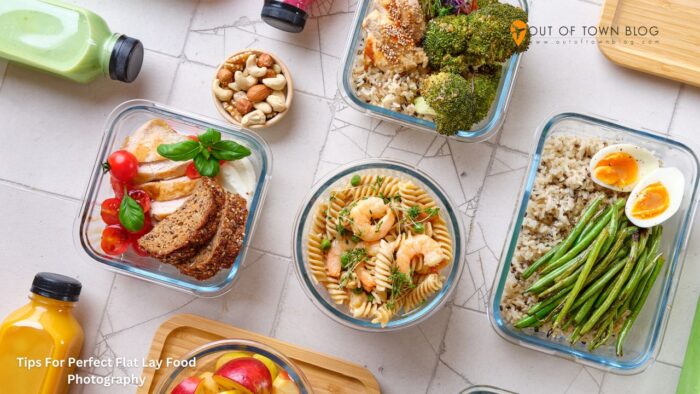Out of Town Blog
15 Essential Techniques for Beautiful Flat Lay Food Photography
Flat lay food photography has quickly become a popular way to showcase recipes, highlight ingredients, and tell a visual story. Bright overhead photos make dishes look fresh and inviting, whether for a personal blog or social media. Anyone can capture beautiful flat lay food photos with simple tips for lighting, composition, and styling.
Many people find it challenging to make their food photos stand out or appear professional. Paying close attention to color, arrangement, and props can enhance even the simplest recipes, highlighting each ingredient in the final shot. Incorporating textures such as linens or a clean background helps maintain focus on the food and prevents a cluttered appearance.
Starting with flat lay photos is simple. Just a few small adjustments, such as incorporating soft, natural light, can significantly enhance your results. These tweaks enable anyone to craft eye-catching images that attract viewers and motivate eager followers.
What Sets Flat Lay Food Photography Apart
Flat lay photography, especially in food, involves placing all items on a flat surface and shooting from directly above. The camera stays at a 90-degree angle to the scene. This view makes it simple to organize plates, bowls, utensils, and garnishes so that shapes and colors can stand out.
Spacing is key. Items are laid out neatly, with enough space to avoid clutter but close enough to feel connected. Repeating patterns, creative arrangements, and balance between objects help draw the eye across the image.
Flat lay food photography lets photographers use props and backgrounds in creative ways. Neutral backgrounds work best to keep attention on the food, while textured surfaces can add interest. Lighting is usually even, such as natural window light or soft artificial sources, to avoid harsh shadows and make food look appetizing.
Benefits of the Overhead Perspective
Shooting from above gives viewers a complete view of every element on the table. It helps showcase dishes that have interesting toppings, layers, or side ingredients. Foods served in bowls, plates, or with many small parts benefit most from this angle, since nothing gets hidden behind other items.
An overhead perspective also supports storytelling. The arrangement can tell a story about the meal, like the process of cooking, a shared dining experience, or a display of several menu…
Click Here to Read the Full Original Article at Out of Town Blog…
